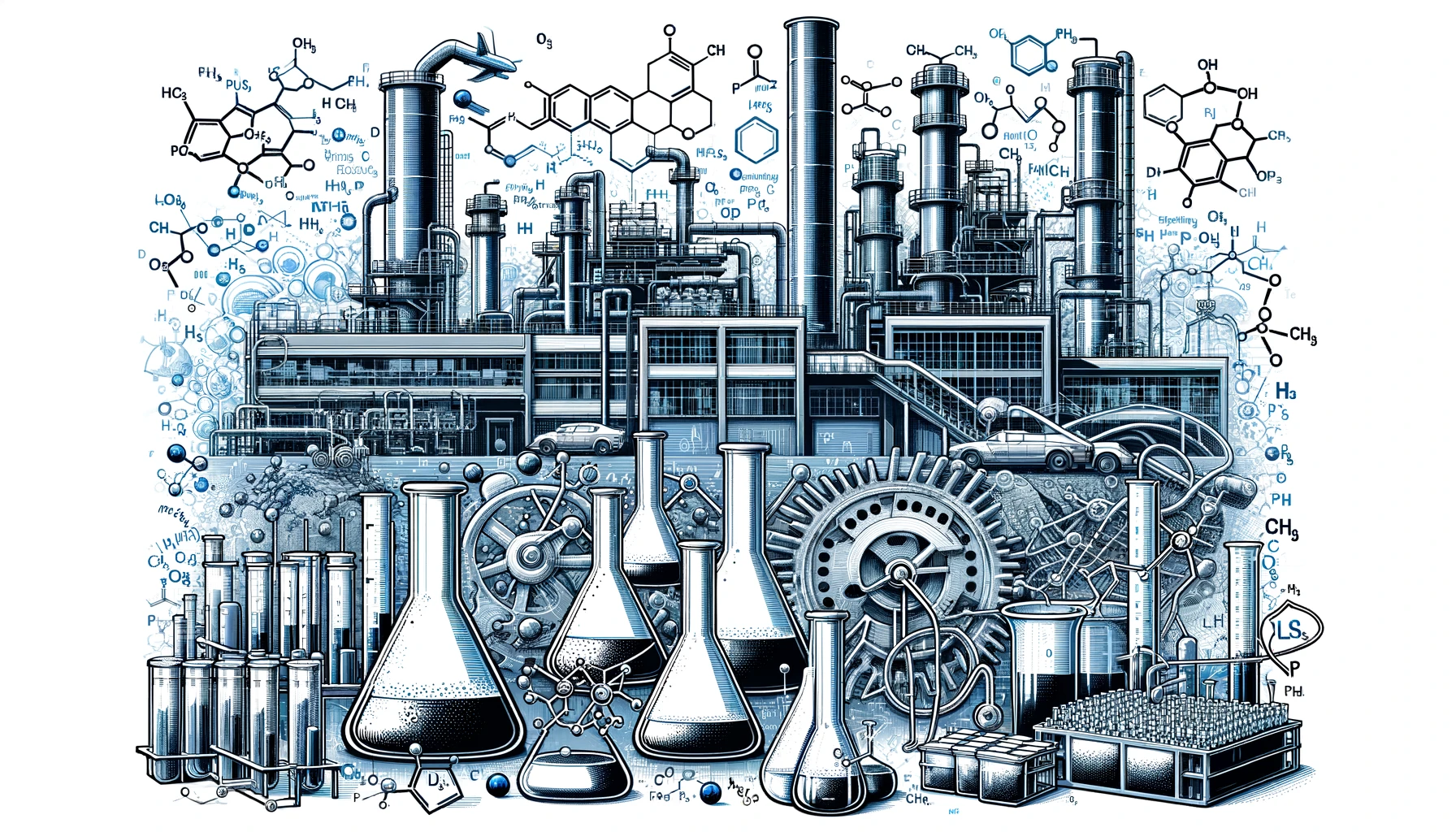Per- and polyfluorinated alkyl substances (PFAS) are a challenge for manufacturers and consumers. This page provides you with a comprehensive guide to identifying, assessing and removing PFAS from products. Learn how service providers can support you in the transition to find safer alternatives.
What are PFAS?
PFAS are long-lasting chemicals that are valued in many products for their water and dirt-repellent properties. However, they are controversial because they accumulate in the environment and harbour health risks.
Why is it important to eliminate PFAS?
- Environmental protection: PFAS contaminate water sources and soils and affect wildlife.
- Health protection: Studies show links between PFAS and health problems such as cancer, endocrine disruption and liver disease.
- Legislation: The EU is planning strict regulations and bans to curb PFAS use.
Guide to the identification and removal of PFAS
- Identification of PFAS in products: Analyse your product range and determine possible PFAS sources.
- Laboratory analysis: Carry out detailed tests to measure the PFAS content.
- Risk analysis: Evaluate the extent and risks of PFAS use.
- Develop a substitution plan: Identify possible substitutes and create a plan for transition.
- Testing and implementation: Test alternatives and adapt production.
- Documentation and reporting: Document the process and comply with regulatory requirements.
How can service providers help?
- Expertise: Service providers have the know-how to identify and analyse PFAS.
- Substitution solutions: They offer experience in developing and implementing safe alternatives.
- Regulatory expertise: They help you understand and comply with legal requirements.
- Resources: Utilise the resources and network of specialists to speed up the process.
